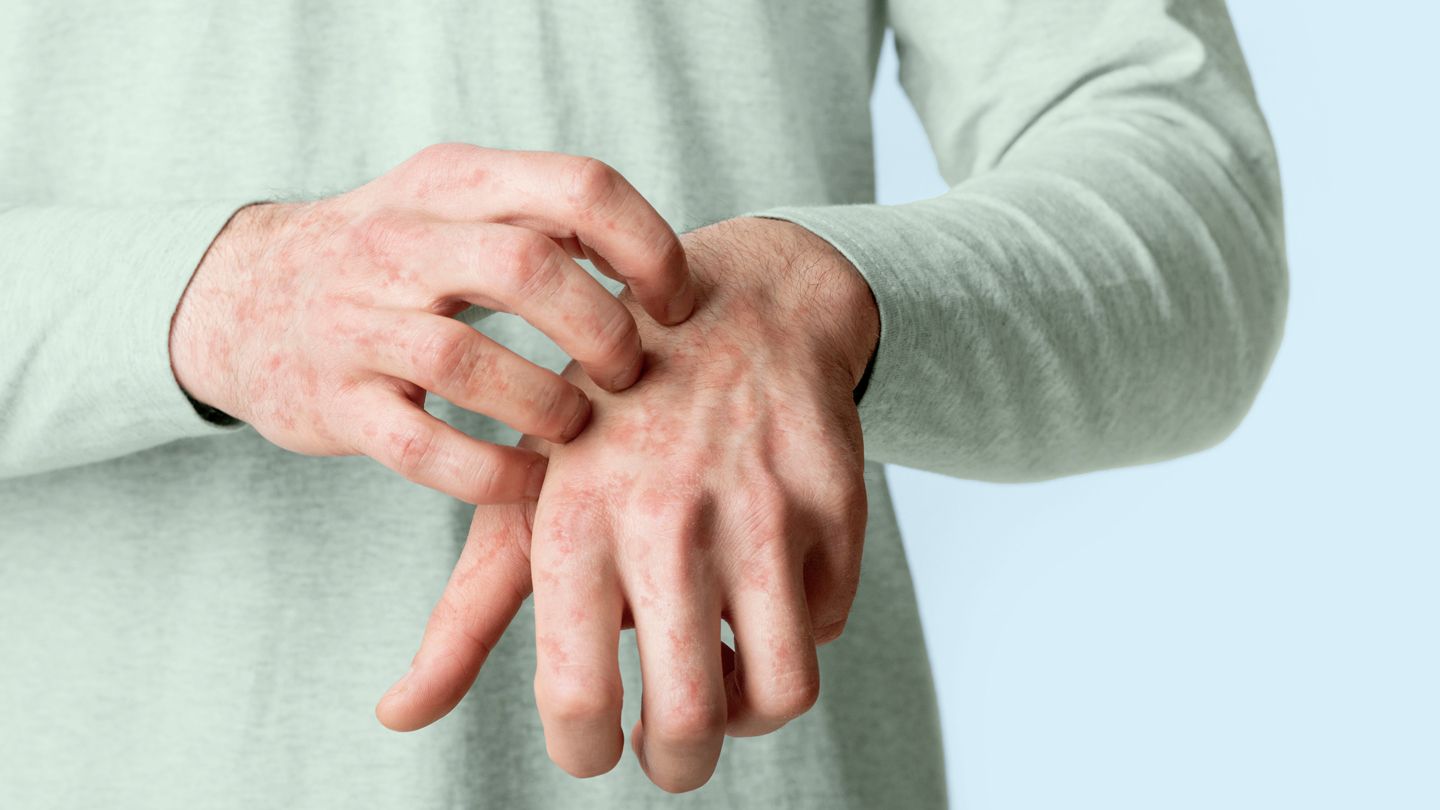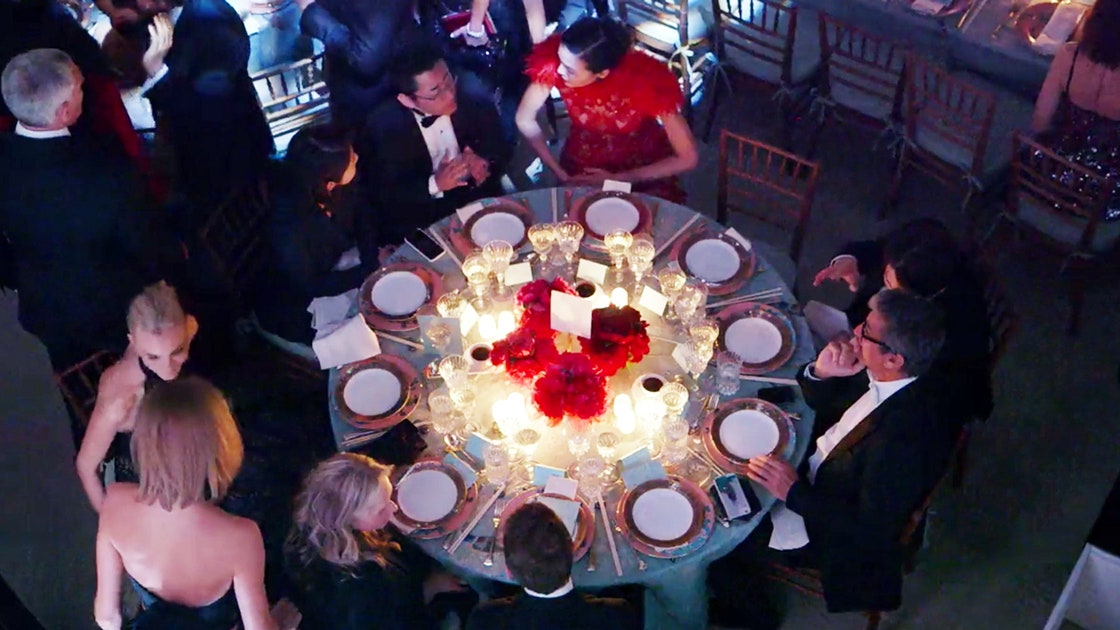Lifestyle habits may be enough to manage GVHD in some cases, but in others, topical creams and medications can be prescribed. Here are a few things that can help your skin look and feel better:
1. Moisturize regularly. Apply moisturizer, especially after a shower or bath, to help keep your skin hydrated and ease itching. “Fragrance-free, gentle moisturizers can help reduce dryness and irritation,” says Gandhi. Ask your doctor for recommendations on particular moisturizers for your case.
3. Stretch. If your skin or tissues are tight, use gentle stretching, massage, or physical therapy to help ease the tension. (But be careful not to overdo it: If you feel pain, stop immediately.)
4. Take care of wounds. Keep any sores clean and covered to help prevent infections. Talk to your doctor about which bandages are best for you.
5. Keep blood flowing. Keep skin healthy by maintaining good circulation through regular exercise, which can help provide skin cells with beneficial oxygen and nutrients and clear out impurities. Another helpful tip: Try not to cross your legs or sit for long periods of time, which can decrease blood flow to the leg.
6. Talk to your doctor about medication. In some cases, you may need medication to help manage GVHD-related skin symptoms. “These can include treatments to calm the immune response, reduce inflammation, or relieve itching and discomfort,” says Gandhi. Some of these medications include:
- Antihistamine pills and corticosteroid creams for itchy skin
- Immunosuppressants, such as prednisone, tacrolimus, or pimecrolimus, which can reduce redness and swelling, decrease sclerosis (hardening of tissue), and prevent new sclerosis. These medications can also cause skin thinning, though, so your doctor will likely prescribe them for a limited amount of time
7. Consider light therapy. If your skin is resistant to steroids, your transplant team may suggest extracorporeal photopheresis, a form of light therapy that involves extracting blood cells, exposing them to a photosensitizer and ultraviolet light, and then infusing the treated cells back into the body. This procedure can help keep immune cells from attacking your body, says Gandhi.
Read the full article here




